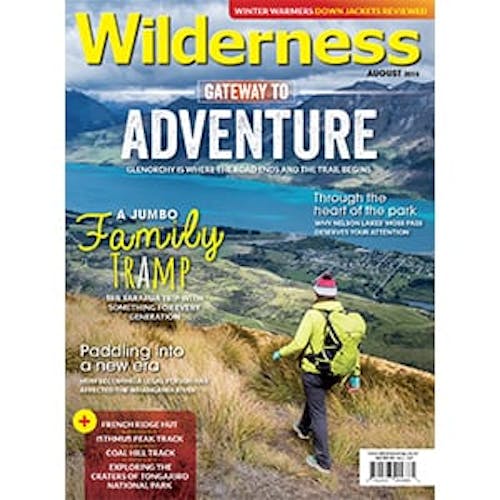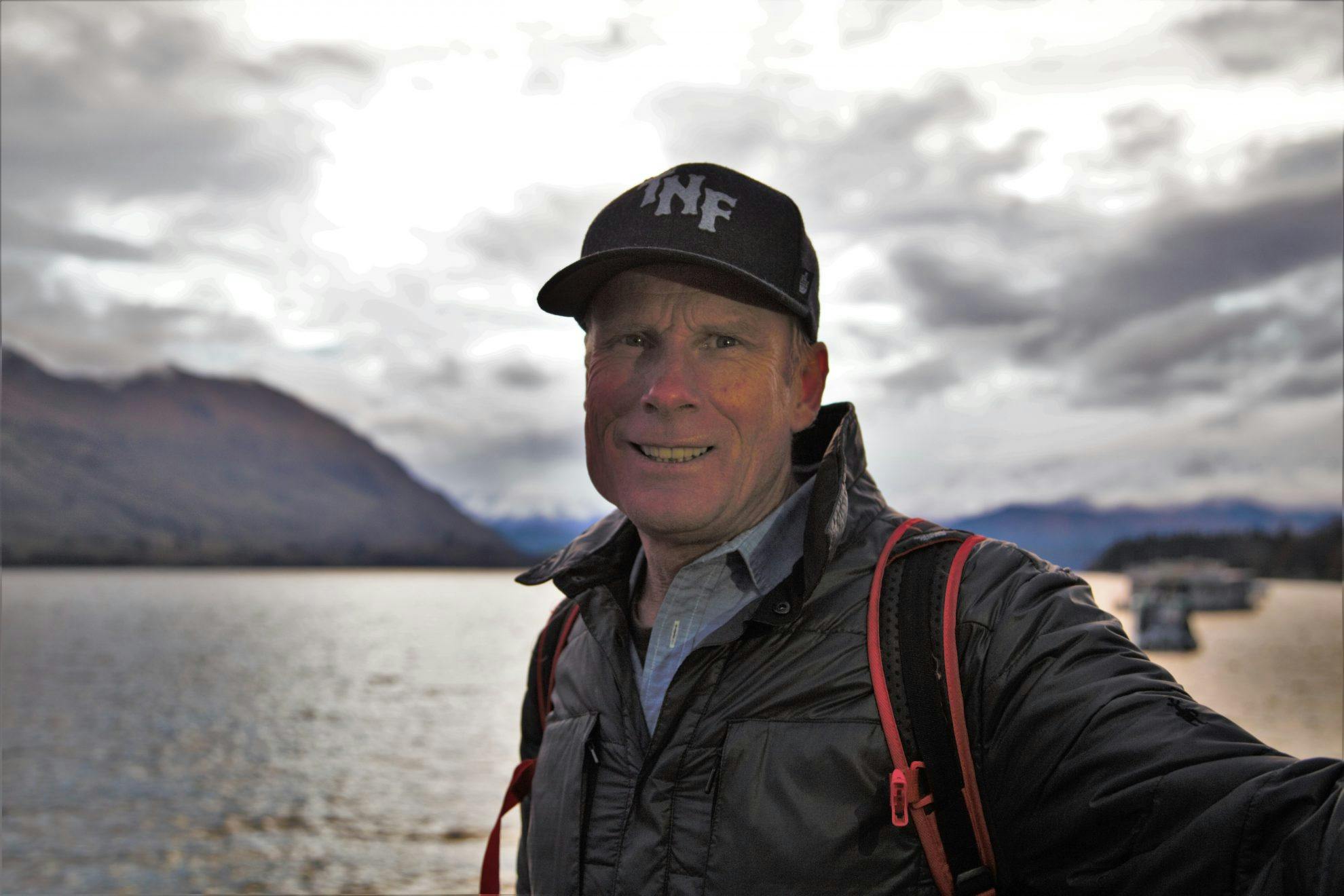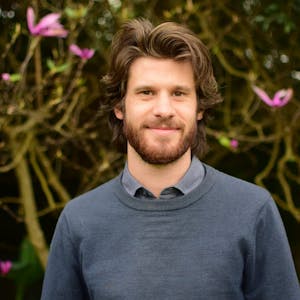For over 30 years, Conrad Anker has been one of the world’s leading climbers, pioneering numerous first ascents.
After 30 years of climbing, have the reasons you climb changed?
When you are young it’s this amazing, new experience. When you get into your 20s and 30s, you keep pushing yourself, but I think at this point, it’s again about being in the outdoors and how humans react with one another when they climb. Today, I was climbing with people I had just met, but there’s this intense level of trust, belaying and helping each other – it’s that personal connection that’s unique to climbing. You play American Football, or rugby, it’s you against another group of humans within this human construct – we make rules and then you compete with other people. But climbing today, I was struggling against myself, not against the other climbers, which is good.
What expedition do you regard as the highlight of your career?
Climbing Meru’s Shark’s Fin [regarded as one of the hardest routes in the world and captured in the award-winning film, Meru]. It was the culmination of what I’d been working towards for years and it was a huge achievement.
What have been your most recent projects?
I went on a trip to Queen Maud Land in Antarctica in December and I’m building the Khumbu Climbing Center in Nepal. I helped start the school in 2003 as a training programme to help Nepali climbers gain more skills and we are building a new school now. It’s a unique way to help the community. I’m not a school teacher or a nurse or anything like that. Climbing’s the only thing I know how to do, so being able to share that with people in a way that gives something back to those communities, that have really paid the price for other people going out and pursuing their dreams, is really great.
What do you make of the impact climbing has had on Sherpa communities?
They’ve lost a lot of people in the mountains. Yet it has brought income to their communities and they are doing better than other ethnic groups in Nepal. So they lament the fact that they have to do it, but it has provided income for them. Mountain tourism and travel is a great way to move the material wealth of developed nations over to developing nations in a way that is without conflict.
You have been raising awareness of climate change on your speaking tours. What can the climbing community do to help the planet?
First of all is being cognizant of it and not sticking your head in the sand. While you can create a national park to protect wilderness, carbon is invisible. The effects are being measured around the world, but it’s different from seeing a forest disappear and it’s harder for people to understand. It’s this generations crisis of the commons.
And then it’s working towards carbon offsetting. It has to become a part of the cost of travelling or climbing. At The North Face, my employer, they’ve built it into the cost of expeditions. The trip to Queen Maud Land, carbon offsetting cost $4000 for a team of seven, so it’s a sizeable part of the budget.
You also have to think about how you offset. I think tree plantations in developing nations is a very positive way. You see a lot of deforestation in poorer countries where the burden on the land is great. If they are being employed to plant trees and maintain that, you’re creating a carbon sink and also a form of meaningful employment.
How did having a heart attack in 2016 affect your ambitions?
I want to keep getting into the outdoors, but I’m not going to push the limits anymore. You’ve got to let it go. But being outdoors, that same joy is always there, it’s just a change in the intensity level – adjusting the intensity dial while still having the joy and the happiness that it brings to you.








